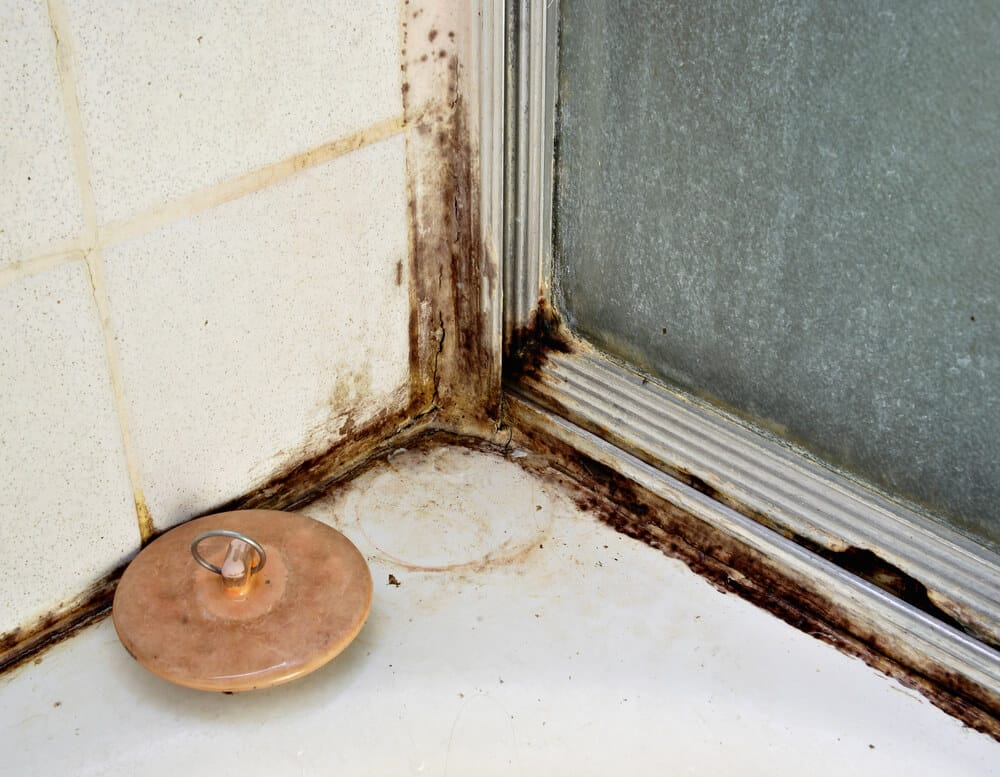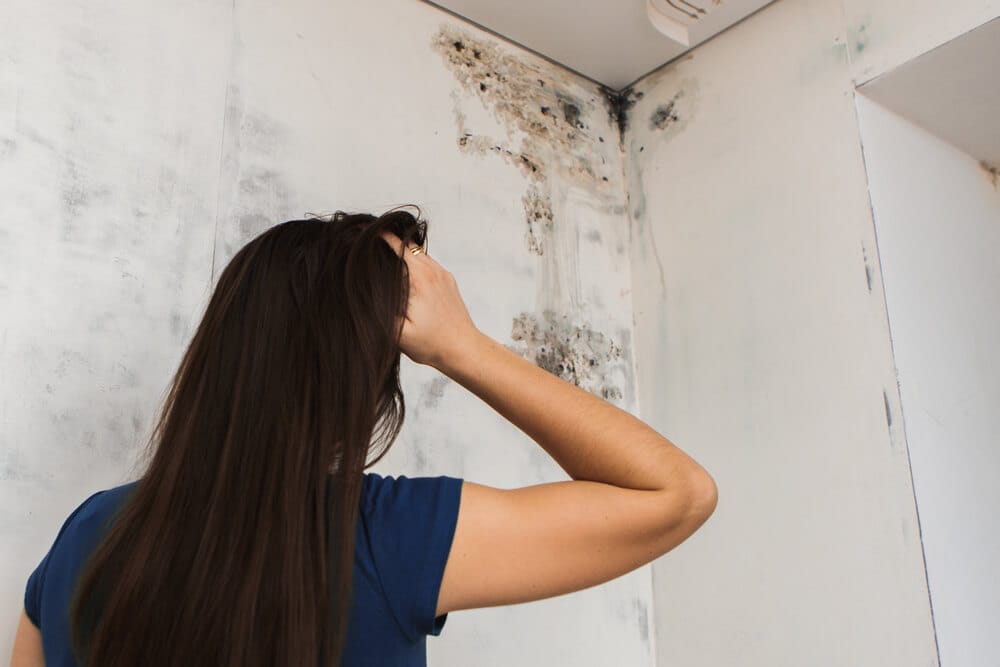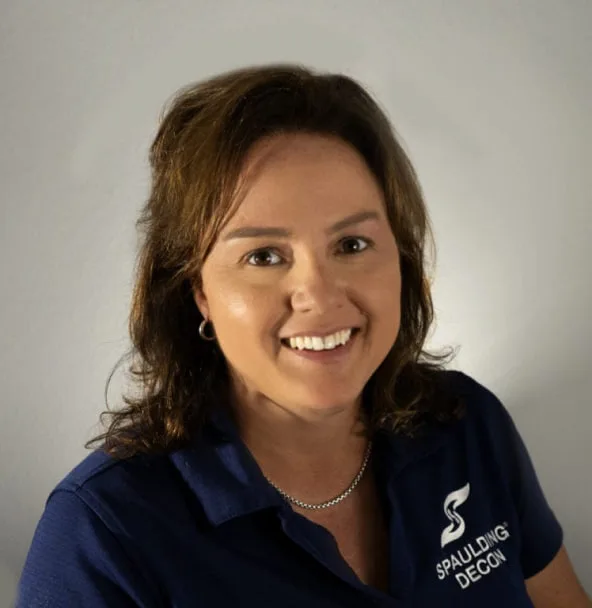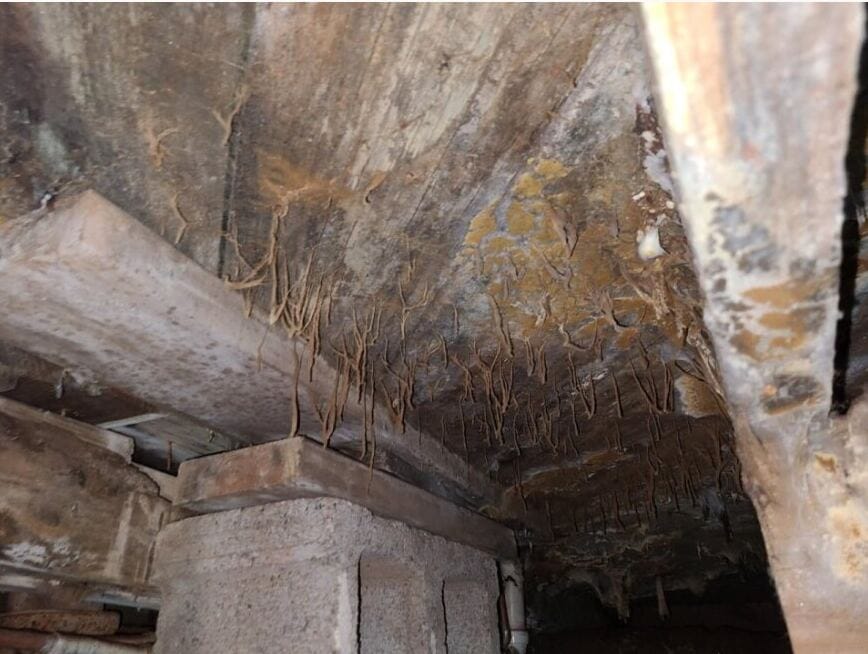Do you suspect your house is under attack by an unwelcome guest? Not quite sure if you have a fungus problem?
Even if you dont live in an area of high humidity, your property might be a convenient place for mold to take residence. Cold and damp months are especially suitable for mold growth, and the most affected areas are usually moist or warm pockets of your home. Most Florida residents are familiar with this. In order to be certain that you have a mold problem, look for these visual and odor cues.
What are the signs of Mold in your House
A mold is a form of fungus that can typically be found outdoors, however, damp or warm indoor areas that don’t receive a lot of light are a perfect environment for it to grow and thrive. Some signs of a mold problem are visible to the naked eye while others are not as obvious. If there is a musty odor present in certain parts of your house, large patches of mold are probably not far away.
What Does Mold Look Like
The most obvious signs of a mold problem are easy to spot. These are usually dark stains on bathroom tiles or velvety patches growing on wooden surfaces. The most common color is dark green, brown, or black, but depending on the type of mold and the type of surface it inhabits, it can also be orange or even white.
Spotted these warning signs? Mold spreads fast—don’t risk your health or home!
Other visual signs include :
- Paint Blistering on the Walls
Most people wonder how to detect mold in walls when there’s no clear visual sign. Paint blistering or paint bubbling can be caused by either extensive exposure to heat or moisture. If it’s happening in your bathroom or an area exposed to too much humidity, chances are mold is nearby or in the walls.
- Lumpy Insulation
Speaking of areas exposed to humidity, the attic is the number one location you should investigate if you suspect you have a mold issue. A roof thats leaking can cause moisture build-up, not to mention that a lot of people keep their attic closed, limiting the flow of air, which further creates a suitable environment for mold to grow. Inspect the insulation of your attic and look for uneven lumps.
- Inadequate Bathroom Ventilation
Another area where mold prospers is, of course, the bathroom. Aside from moist, the number one reason for mold growth in your bathroom is lack of air circulation. We suggest checking the exhaust fan and cleaning it on a regular basis. A clogged exhaust fan will do a poor job of removing the excess moisture from the air and won’t provide enough airflow.
Bathroom mold won’t go away on its own—it needs professional treatment!
Struggling with bathroom mold? Discover proven tips to remove and prevent it — keep your space fresh and healthy!

What Does Mold Smell Like
Mold has a noticeable damp and stale smell, almost like wet paper. If you notice this musty smell coming from parts of your house, you’re probably dealing with a mold problem. Ceiling tiles, wall coverings, and wood products are most susceptible to moisture, hence why they are often the target of mold. Follow your nose and locate the source.
If your house has a chimney that’s been neglected for a while, chances are it’s full of mold. You can inspect it by smelling it, but we highly suggest hiring a professional for a quick checkup and routine maintenance.
Other Signs of Mold
While most people inspect their walls and ceilings, they tend to forget about their floors and the possibility of mold accumulating underneath them. If you’ve located a soft spot on your floor, it could indicate that there’s water damage and where there is water damage, there is mold.
Found mold or water damage? Don’t wait – it only gets worse!
Other signs of a major mold problem are allergic reactions and certain health symptoms. For instance, scratchy and watery eyes can be a telltale sign that a mold problem is present somewhere in your house. More health-related signs of mold include a runny nose, sneezing, dizziness, and in some cases, even memory loss is a possible outcome.
People that suffer from asthma may experience their symptoms worsening in a moldy environment. Allergic reactions include dry and itchy skin, tingling sensations, and in some rare cases, mold can even cause a condition called allergic bronchopulmonary aspergillosis.
You might experience excessive coughing due to your lungs being exposed to mycotoxin spores. While a cough can seem harmless and is often attributed to a cold or a seasonal allergy, its crucial that you inspect your environment and make sure its mold-free.
If you’ve spotted any of these warning signs, don’t let mold—or the water damage causing it—take over your home. Spaulding Decon’s professional mold remediation and water damage restoration team is ready to help. Contact us today for a fast, thorough solution.
The Conclusion
As we concluded, mold is not just aesthetically unappealing, but can also pose as a health hazard if left untreated. If you’re looking for a professional service to help you get rid of this nuisance, Spaulding Deacon is standing by and ready to help you out. Feel free to call us today for a consultation.
Mold causes serious health risks—especially for kids and pets!





